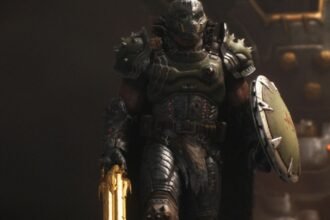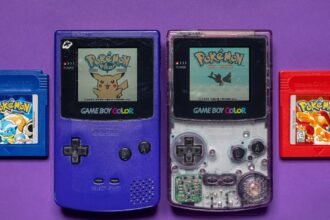To celebrate the 35th anniversary of Super Mario Bros., Nintendo embraced the occasion with great enthusiasm. They launched a compilation of 3D Super Mario games spanning various console generations, introduced new hardware in the form of a Game & Watch handheld featuring the original Super Mario Bros., and even created a battle royale edition of the classic 8-bit NES game.
In an unexpected move, Nintendo decided to offer these anniversary products for a limited time, essentially placing a time limit on the celebration of Super Mario Bros.
Currently, it’s no longer possible to play Super Mario Bros. 35, the 35-player twist on the classic platformer, nor can you purchase Super Mario 3D All-Stars either in stores or on Nintendo’s eShop. For those seeking to obtain the All-Stars collection, which includes Super Mario 64, Super Mario Sunshine, and Super Mario Galaxy, prices have soared over retail value on platforms like eBay, ranging from $80 to $100 or more.
Nintendo’s reasoning for the limited availability of Super Mario Bros. 35 and Super Mario 3D All-Stars was not entirely convincing. Doug Bowser, Nintendo of America’s president, mentioned to Polygon, “We had various ways of celebrating Mario’s 35th anniversary. For some of these titles, we saw an opportunity to make them available for a limited period.”
Bowser added, “The titles performed exceptionally well, with Super Mario 3D All-Stars selling over 2.6 million units in the U.S. alone. It’s clear consumers were eager to engage with them. While this isn’t a strategy we plan to implement broadly, it was a unique approach for the anniversary itself.”
I must admit, it worked on me, as I still have a sealed copy of Super Mario 3D All-Stars that I bought as soon as it launched.
Granted, Super Mario 3D All-Stars was a rather lackluster compilation of two legendary games (and Super Mario Sunshine), and Super Mario Bros. 35 had superior battle royale counterparts like Tetris 99 and F-Zero 99. However, the intentional scarcity of these games set a concerning precedent—one that we hope isn’t repeated with the upcoming Switch 2.
Given the vast number of games that become inaccessible over time due to live-service shutdowns, studio closures, or ownership transfers, it’s troubling that Nintendo would deliberately restrict the availability of titles from one of its flagship franchises. Hopefully, such decisions are just an anomaly.









